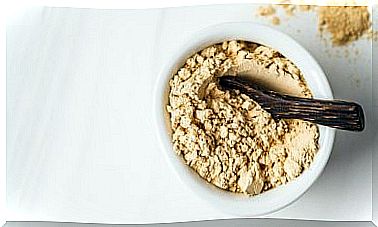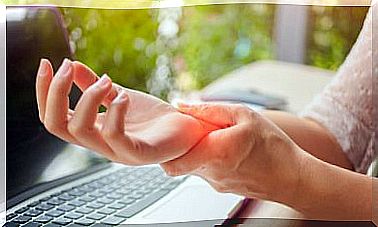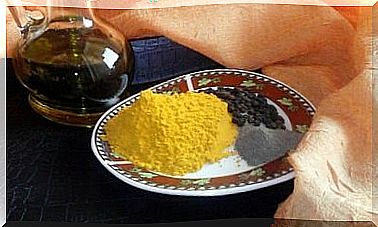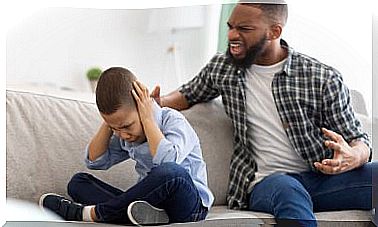Which Option Is More Suitable For The Baby To Learn To Walk?
There are several tools on the market to help babies gain confidence in standing and walking more easily. However, which option is the most appropriate for the baby to learn to walk?
Learning to walk marks a milestone in the child’s life. It allows you to broaden your horizons and gain sensory experiences. Now, at first, it will be difficult for you to balance and manage, so we must be vigilant.
Each child has their own rhythm and it must be taken into account that there are always variables that affect the process of learning to walk: the environment, temperament, muscular strength, among others.
Now, there are parents who want their children to start walking as soon as possible and seek to encourage them to do so. One of the elements on which they rely is on the aforementioned tools.
Baby’s new adventure: learning to walk
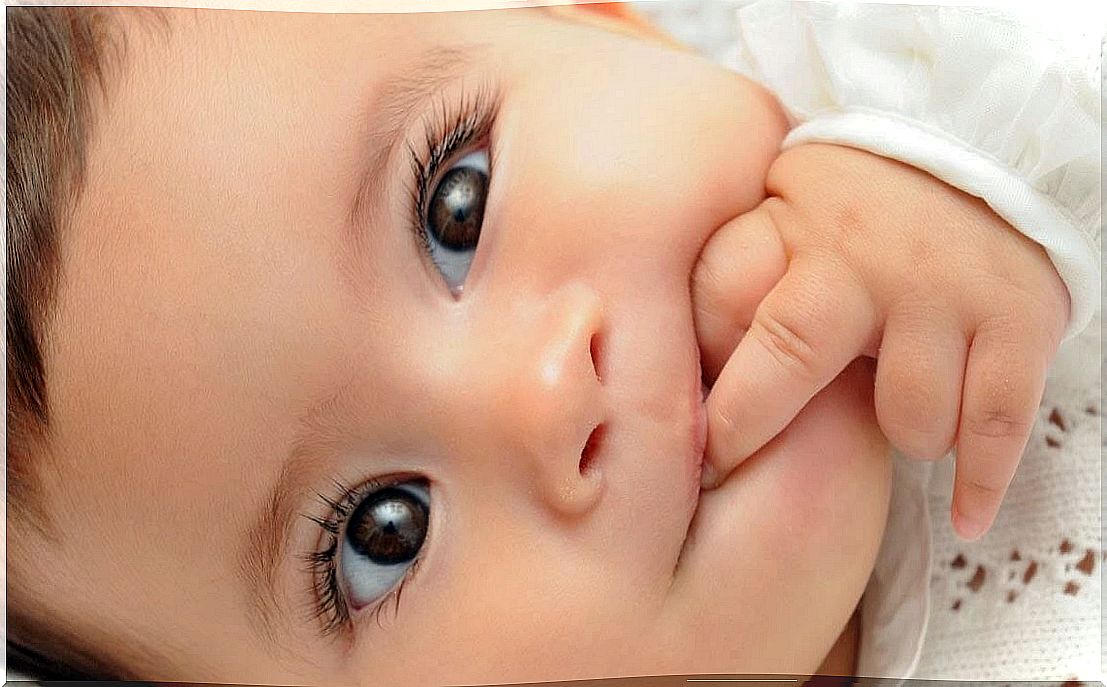
For children to achieve integral growth, it is necessary to develop voluntary movement. This is achieved through the improvement of gross motor skills and fine motor skills.
- Gross motor skills are the ability to move the muscles of the body with balance, coordination, speed, and strength. In turn, this type of motor activity evolves to improve fine motor skills.
- On the other hand, fine motor skills are related to those movements that require greater dexterity, mastery and precision.
The importance of gross motor skills in babies
Gross motor skills are the first motor skills that a baby develops from birth. In general, the child begins by controlling the head and then the torso. In the same way, it develops balance, a skill that allows it to turn around and change sides.
Later, the child strengthens the lower back and adjusts the angle of the femurs with the trunk. In other words: the lower half of the body is developed and strengthened, which will prepare it for sitting up and crawling.
When a baby begins to crawl, he develops visuospatial skills, orientation and connection between the cerebral hemispheres. These acquired skills will help you in the process of walking on your own with balance and security. Now, as a parent, you may wonder which option is the most appropriate for your baby to learn to walk.
Devices for the baby to learn to walk
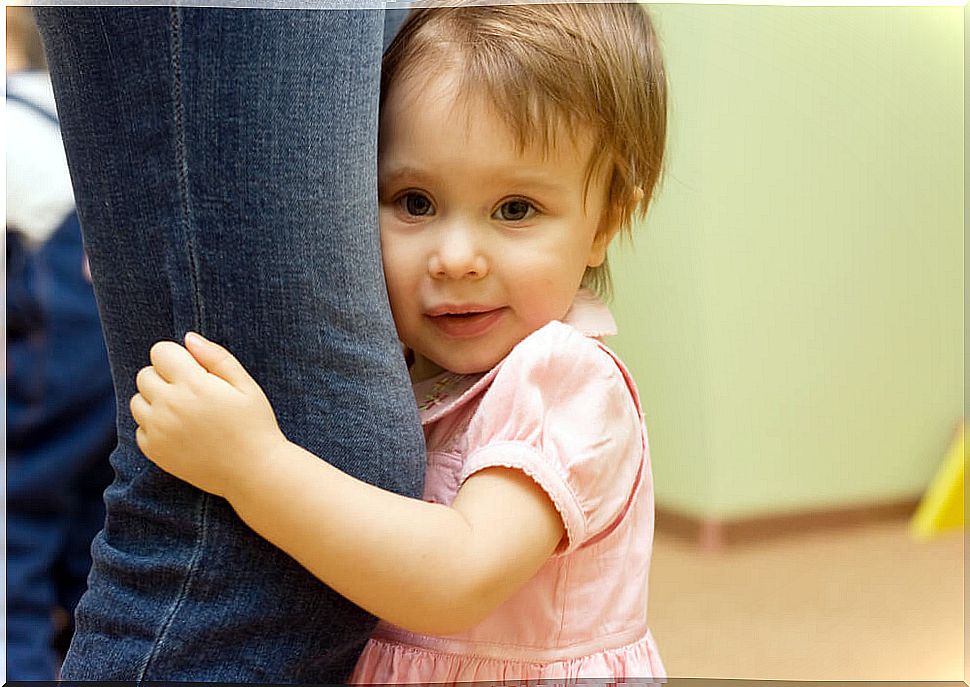
Harness
The harness is a complement for the motor development of the little ones that currently enjoys popularity among parents. Thanks to its design, unnecessary falls are avoided and the baby’s muscles are strengthened. Also, parents tire less by not bending over consistently. However, it is not a tool that you must use all day.
This support system emerged to assist therapeutic treatment in children with motor disabilities. Its function is to compensate for the little strength or stability of the child with the firmness of the person holding him. The purpose is to strengthen the child’s body so that it can move on foot, an action that it could not achieve without help.
If the child is in excellent health, the use of the harness should be moderate and oriented towards exploration in open places. If dependency is created in the child, it is very likely that the motor structure will be conditioned. As a result, their physical development will not be optimal or the most natural. In this way, the baby will be delayed in learning to walk.
Walker
According to the CEI Information Bulletin , “Walkers are mobile devices that are made up of rigid circular structures, into which the baby is introduced . ” The upper part is designed so that the little one can find support.
The lower part, which is wider, generally has wheels to facilitate walking and mobility. The use of walkers is very common throughout the world. In fact, most parents find that it encourages exercise, facilitates mobility, and keeps the baby seemingly safe.
On the other hand, they are also fascinated by the fact that the little one can explore the environment without help. However, a great deal of information has been generated in recent years to show that walkers should not be used.
The Argentine Archives of Pediatrics magazine conducted a study in which 247 specialist physicians who attended the 44th Turkish Congress of Pediatrics and Europediatrics (2008) were surveyed. As a result, it was found that only 4% of pediatricians recommended the use of the walker, 32.3% allowed parents to make the decision and 57.1% strongly discouraged its use. What is the reason for such reluctance?
The refusal of the specialists is due to the risks for the little one. For example, the same study indicates that in a hospital in France, during 2 years, there were 178 admissions of children due to accidents with the walker. Of this amount, 78% fell down the stairs.
Similar situations occur in different countries where there is a tradition of using the walker. However, most injuries to infants are due to unsafe practices.
Recommendations for the proper use of the walker
While physicians have the responsibility to warn of the risks of walker use, the final decision about its use rests with the parents. If you have in mind to buy one for the baby, the journal Acta Pediátrica de México makes some recommendations for the proper use of it:
- Wait until the baby can sit up on his own (after 8 months).
- Avoid that the little one is in the walker for more than 2 hours.
- The walker must have a wide base and a brake mechanism to detect unevenness in the wheels.
- Use this device only on the ground floor to avoid falls down the stairs.
- Designate a safe area for the baby to circulate. This includes protecting the corners of furniture and electrical contacts, as well as removing medicines, dangerous substances, heavy and brittle objects, among others, from their reach.
- Access to rooms such as the kitchen, bathroom and pool must be monitored.
- The baby should always be supervised by an adult.
For the baby to learn to walk …
As clarified above, the baby will learn to walk on its own. However, as a mom or dad, you can use tools to give them a little help so they don’t feel alone during the process.
External elements can modify the body and motor structure of the baby. Therefore, the harness and walker should be used sparingly and under supervision, depending on the real needs of your little one.
Also, try not to force your child. Allowing your baby to sit, crawl, and walk on his own is the best technique to promote good motor development. For this reason, it respects the natural cycles of its growth. You will see that the baby will be very healthy and independent and, above all, you will make him learn to walk.

